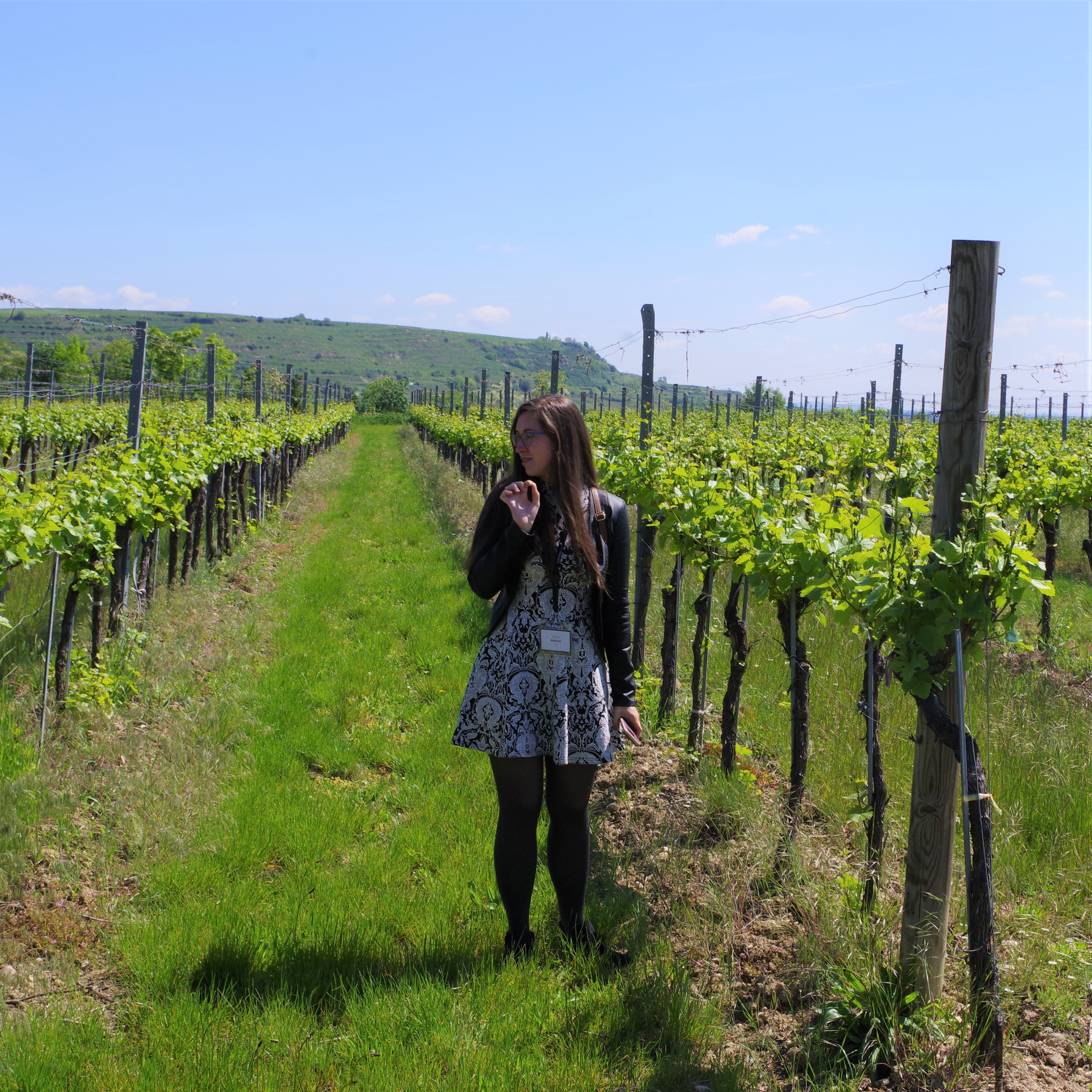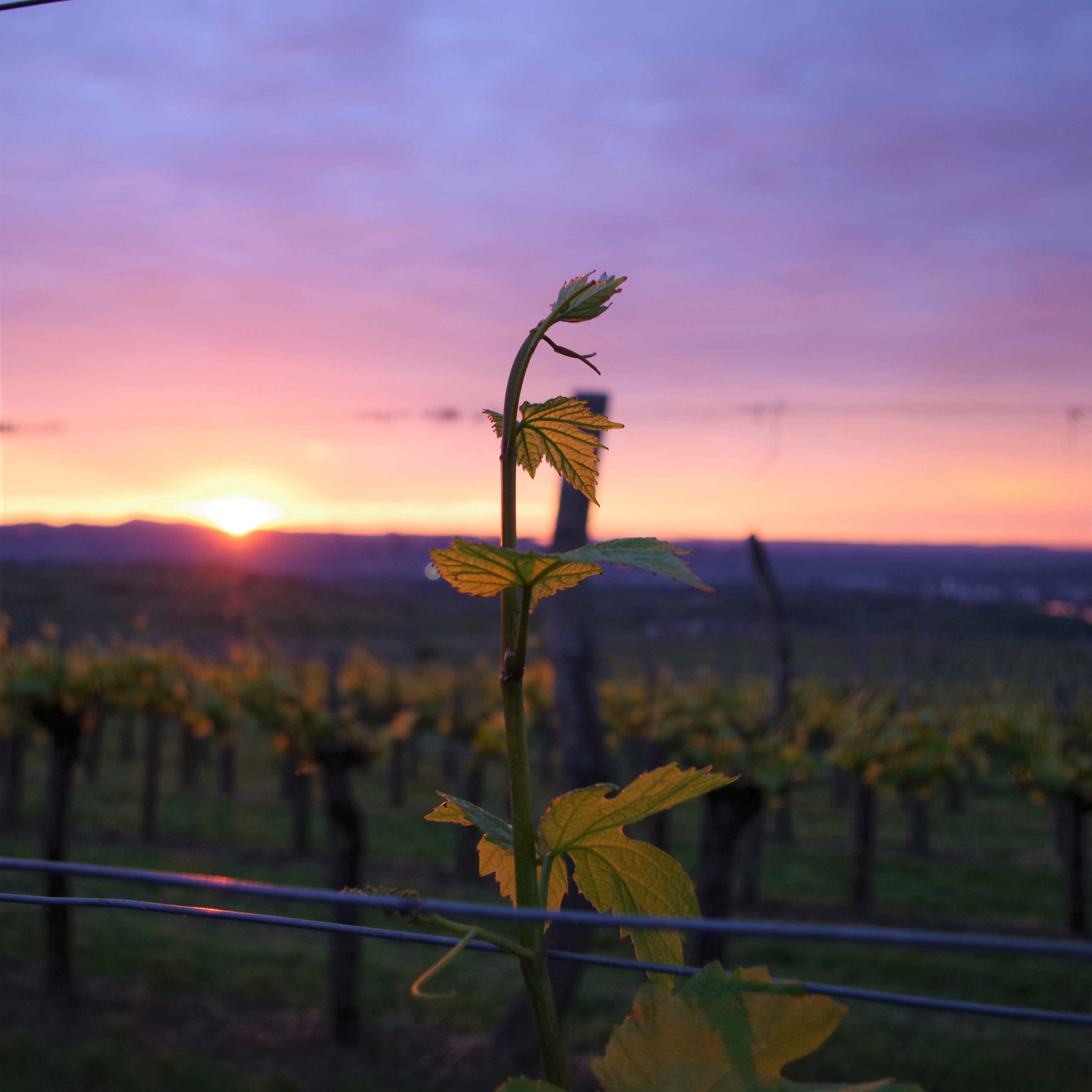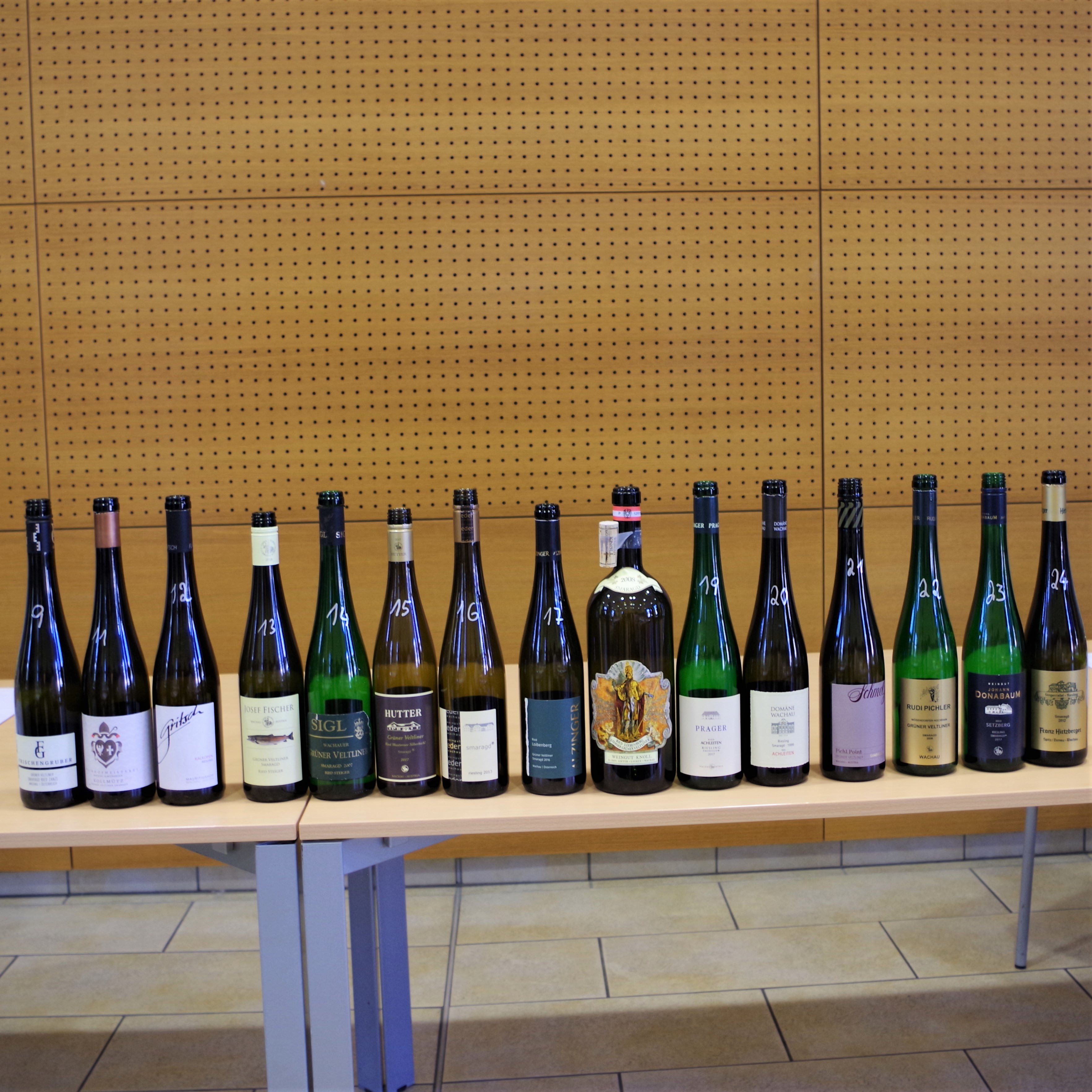There’s a general movement in the Austrian wine industry towards healthy and eco-friendly winemaking. Following this idea, many vineyards are turning organic and sulphur & copper reduction is highly recommended. However, organic methods are not always effective enough. To help the growers, there’s been a long research and development towards creating new, fungus-resistant grape varieties.
These “new breed†of vines results from the intentional combination of two or more grape varieties (single or multiple crossings) with the focus on the new variety revealing all of the positive characteristics of the parent varieties while the negative characteristics are suppressed. Despite intense efforts, however, there has been only partial success. The cross-breeding of vines is both time- and cost-intensive. In Austria, new cultivars are bred at the Lehr- und Forschungsuzentrum für Wein- und Obstbau (Federal Institute for Viticulture and Pomology) in Klosterneuburg.
After many lost and unsuccessful efforts. Some new varieties are finally showing great potential. These new breeds or new crossings are now allowed into the official Austrian Quality Grapes. These partially- resistant varieties all need fewer phytosanitary measures against fungal disease have to be performed.
White grape varieties
Blütenmuskateller
Severnyj x Muskat
The Blütenmuskateller is a Russian crossing from the year 1947, one of the fungus-resistant varieties. It was first added to the register of grape varieties in 2013. It’s very perfumed and very opulent as well as suitable for sweet wine production thanks to its high sugars level.
Muscaris
Solaris x Muskateller
Planted mostly in Steiermark for now, this wine is a good candidate for sekt Porduction. It’s similar to muskateller in terms of aromas but have higher acidity.
Souvignier Gris
Cabernet Sauvignon x Bronner
Souvignon Gris is strongly resistant against oidium and Peronospora and its robust skin makes it resistant to rot also. Somewhat neutral, the wines can get to quite a rich character. It’s medium everything style is a look alike to Pinot Gris.
For the production of wine without protected designation of origin or geographical indication with grape variety- or vintage-designation, the following white wine varieties are permitted for planting:
Bronner | Cabernet blanc | Â Johanniter | Â Donauveltliner | Â Donauriesling
Red grape Varieties
Rathay
Klosterneuburg 1189-9-77 (= Seyve Villard 18-402 x Blaufränkisch) x Blauburger
Rathay became an official Quality variety in 2000. It is mostly destined as a blending partner for its very dark color and robust components.
Roesler
Blauer Zweigelt x Klosterneuburg 1189-9-77 (= Seyve Villard 18-402 x Blaufränkisch)
Similar to Rathay in term of concentration and color, Roesler is less resistant to oidium but more resistant to winter frost.
Also permitted :


